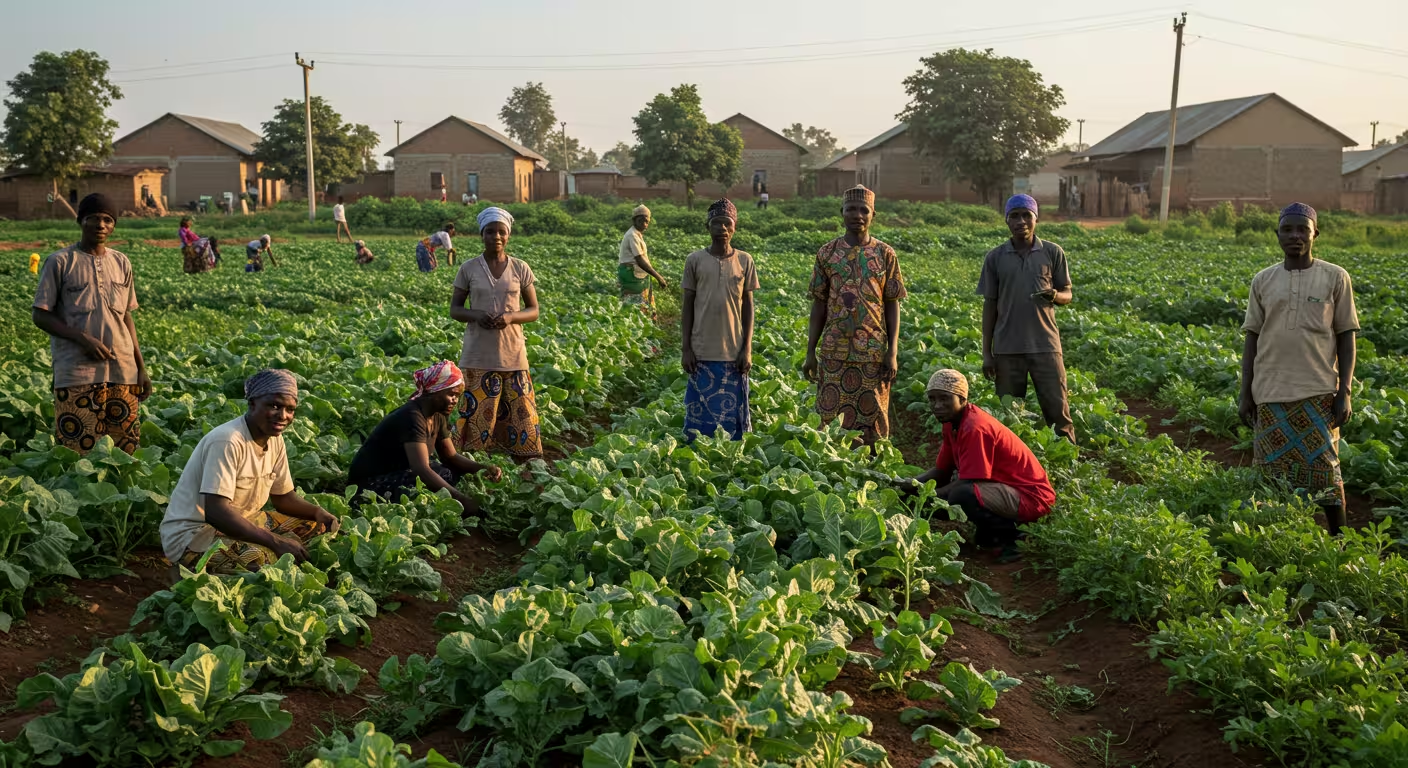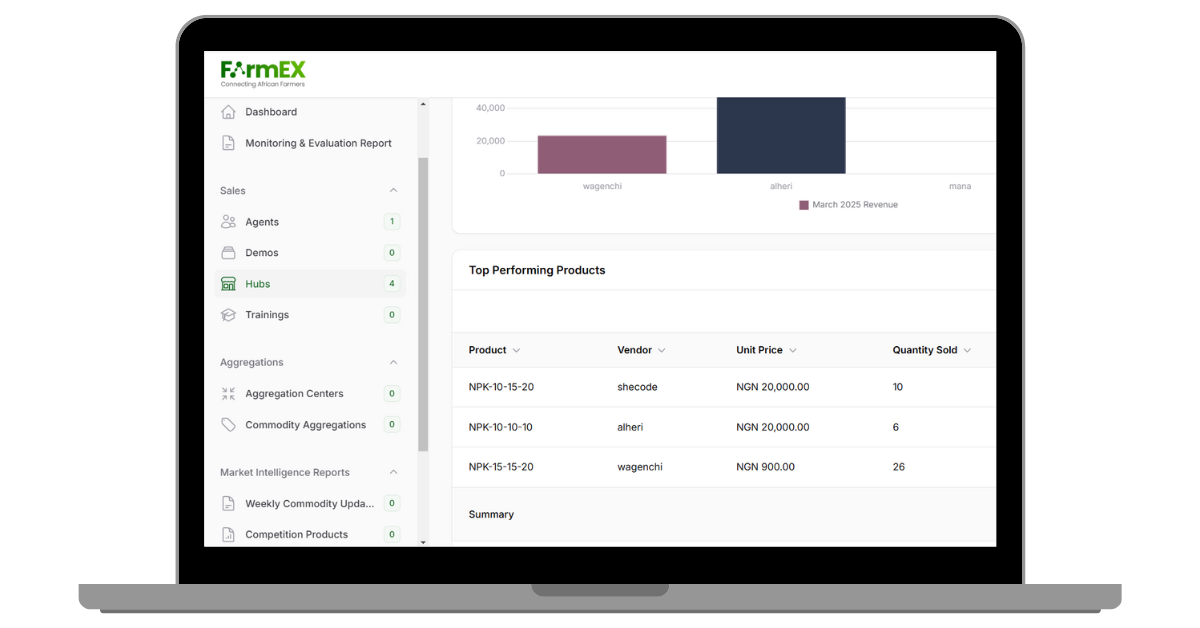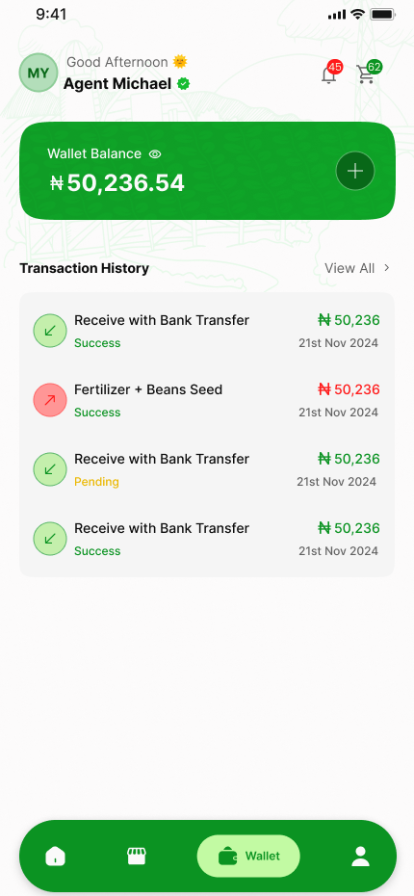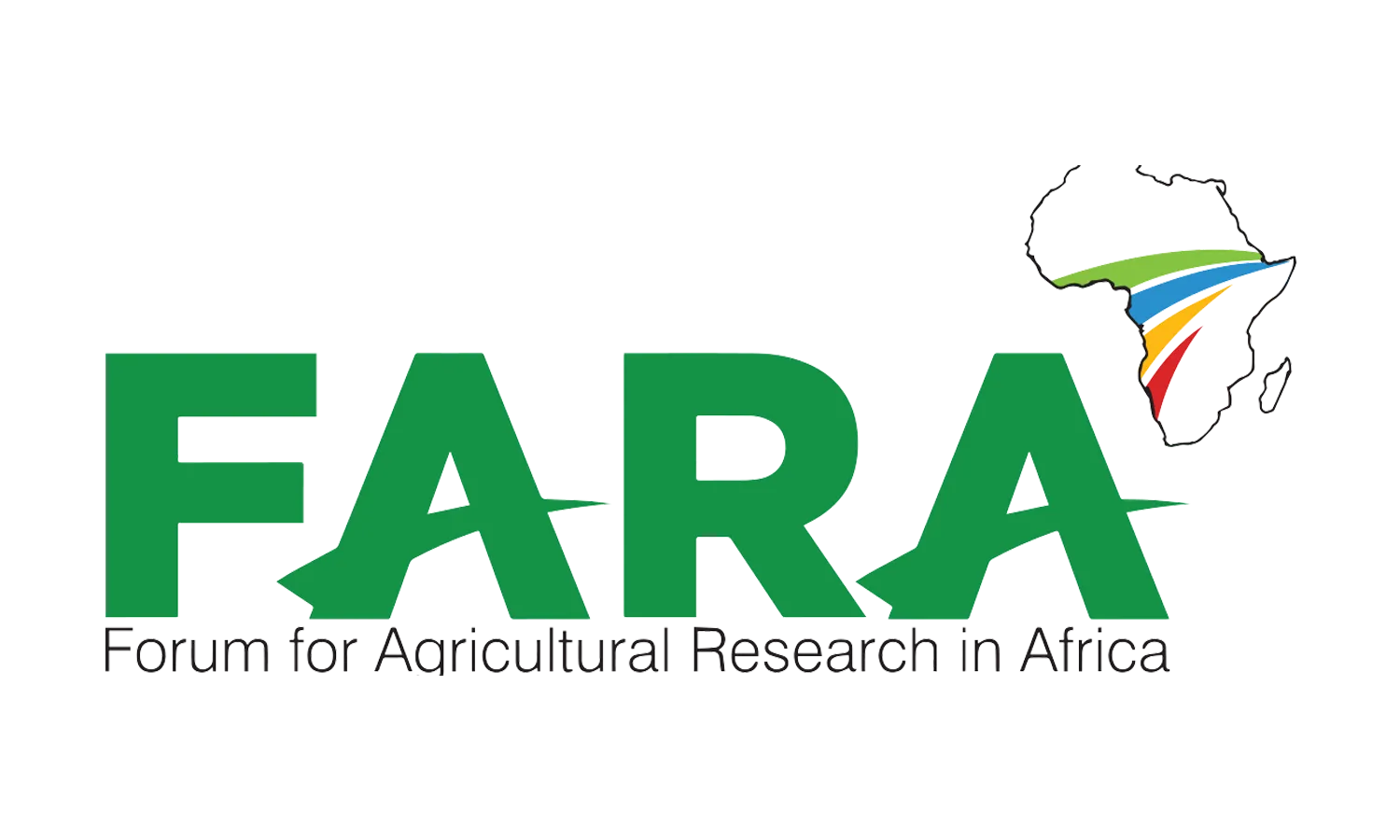Your Reliable Gateway to African Farmers
We are building the largest network of reliable Extension Agents for African farmers.
6,000+
Extension Agents
800k+
Farmers Reached
3x
Yield Increase
2+
Countries

#1 Private Extension Service Provider In Africa
Connecting with a reliable network of trained field agents can greatly enhance your market reach and brand loyalty.
Expert Network
Access our vast network of verified agricultural experts and extension agents across Africa.
Verified Results
Track and measure the impact of extension services with real-time data and analytics.
Rapid Response
Get quick access to agricultural expertise when and where you need it most.
Powerful Platform for Modern Extension Services
Achieve explosive growth with our proprietary technology and a network of over 3,000 trained field agents and 600,000+ farmers. We are dedicated to expanding your rural reach and maximizing your investment.
Real-time Tracking
Monitor field activities and agent performance in real-time through our comprehensive dashboard.
Instant Deployment
Deploy extension agents quickly and efficiently to where they're needed most.
Data-Driven Insights
Make informed decisions with comprehensive analytics and reporting tools.


Innovative Tech Solutions
Revolutionising African agriculture through cutting-edge digital platforms and smart solutions

Academy
Knowledge at your fingertips
Academy
Our Academy platform delivers expert-led courses and workshops designed to help you master new skills and advance your career.
Key Features
-
Interactive video courses and modules
-
Expert-led workshops and sessions
-
Personalized learning paths and progress tracking
Trusted by Industry Leaders
Working with partners across Africa to transform agriculture










Latest News & Updates
Stay informed about our latest developments and success stories in African agriculture

AYuTe NextGen: 2024 Winners Announced, Offer Glimpse Into Africa's Agriculture Future
Learn about our latest initiatives to connect more farmers with expert extension agents...

Extension Africa Proffers Solution To Nigeria’s food Security Challenges
Our new mobile-based training initiative is helping extension agents reach remote areas...

Food Security: Experts worry over 40% post-harvest losses
Read how our extension agents helped local farmers triple their crop yields...
What Our Partners Say
Real stories from farmers and extension agents who are transforming agriculture across Africa
Working with the extension agents has transformed my farm. My crop yield has increased significantly, and I've learned sustainable farming practices that will benefit generations to come.

Sarah Mwangi
Maize Farmer, Nigeria
The platform has enabled me to reach more farmers and provide better support. The technology makes it easy to track progress and share knowledge effectively.

John Adams
Extension Agent, Nigeria
Since partnering with the extension program, our community has seen remarkable improvements in agricultural productivity and sustainable practices.

Musa Danjuma
Community Leader, Nigeria
Ready to Transform African Agriculture?
Join our network of extension agents and make a real difference in farmers' lives. Get access to cutting-edge tools, training, and support.
